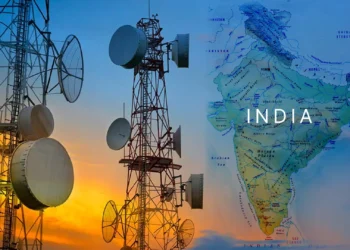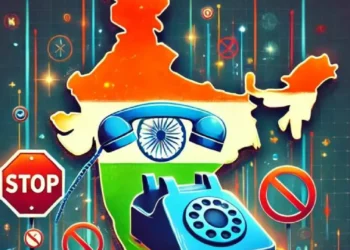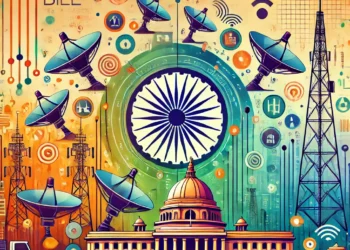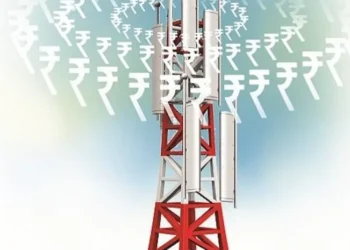The whole purpose of regulating the telecom sector is to use incentives/disincentives as tools to drive government objectives. What are these objectives? These are:- 1) to expand telecom coverage to the remotest part of the country; 2) to make telecom services affordable so that even the poorest can buy; 3) to motivate the operators to invest in the most advanced technologies in order for them to provide latest and best quality service; 4) to ensure that all bottleneck resources like spectrum are optimally used and not wasted; 5) to ensure the market is sufficiently competitive so as to drive innovation. The purpose of this note is to investigate whether the current AGR based licensing policy is aligned such to drive the above-mentioned objectives and if not then why?
Deficiency of the Current Policy
As per current policy, all operators pay a certain percentage of their total revenues as license & spectrum fees. The definition of revenue is quite expansive. It is without any deductions (barring few, like IUC, roaming etc). Initially, such a policy worked, as prevented the operators from imminent bankruptcy (1999). However, with the passage of time, it has become a bottleneck in driving the government’s objectives stated above. Why? Let me explain.






